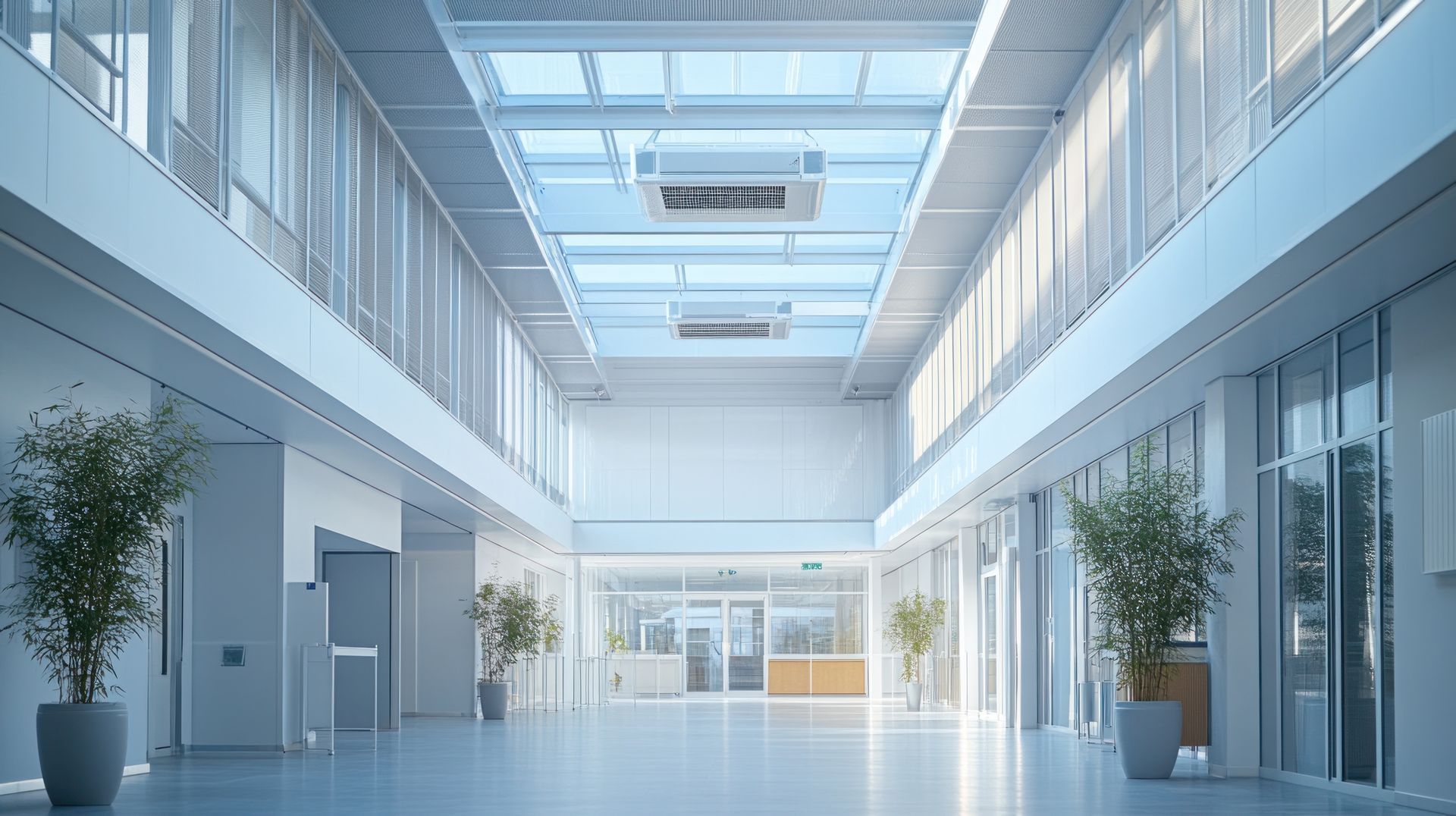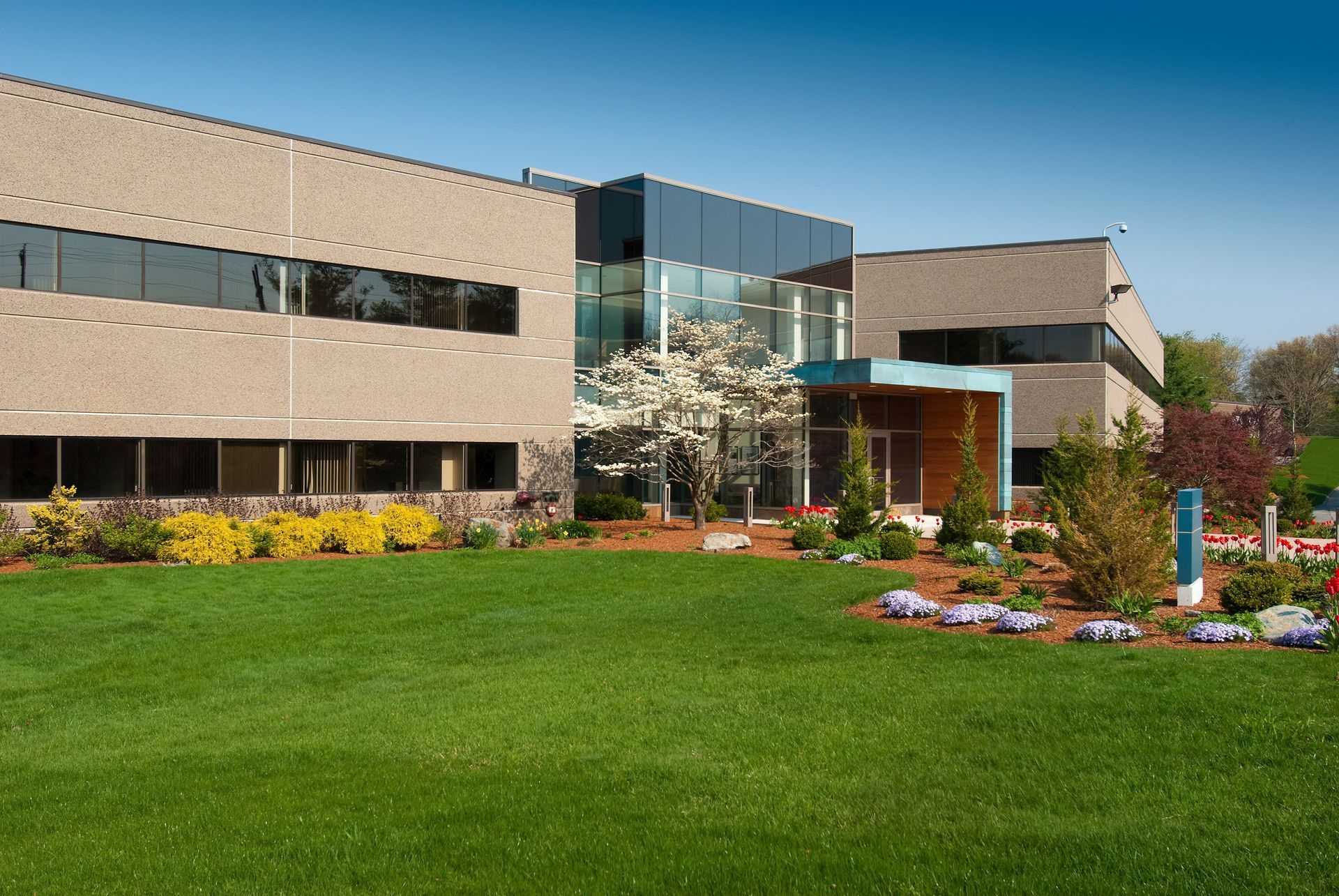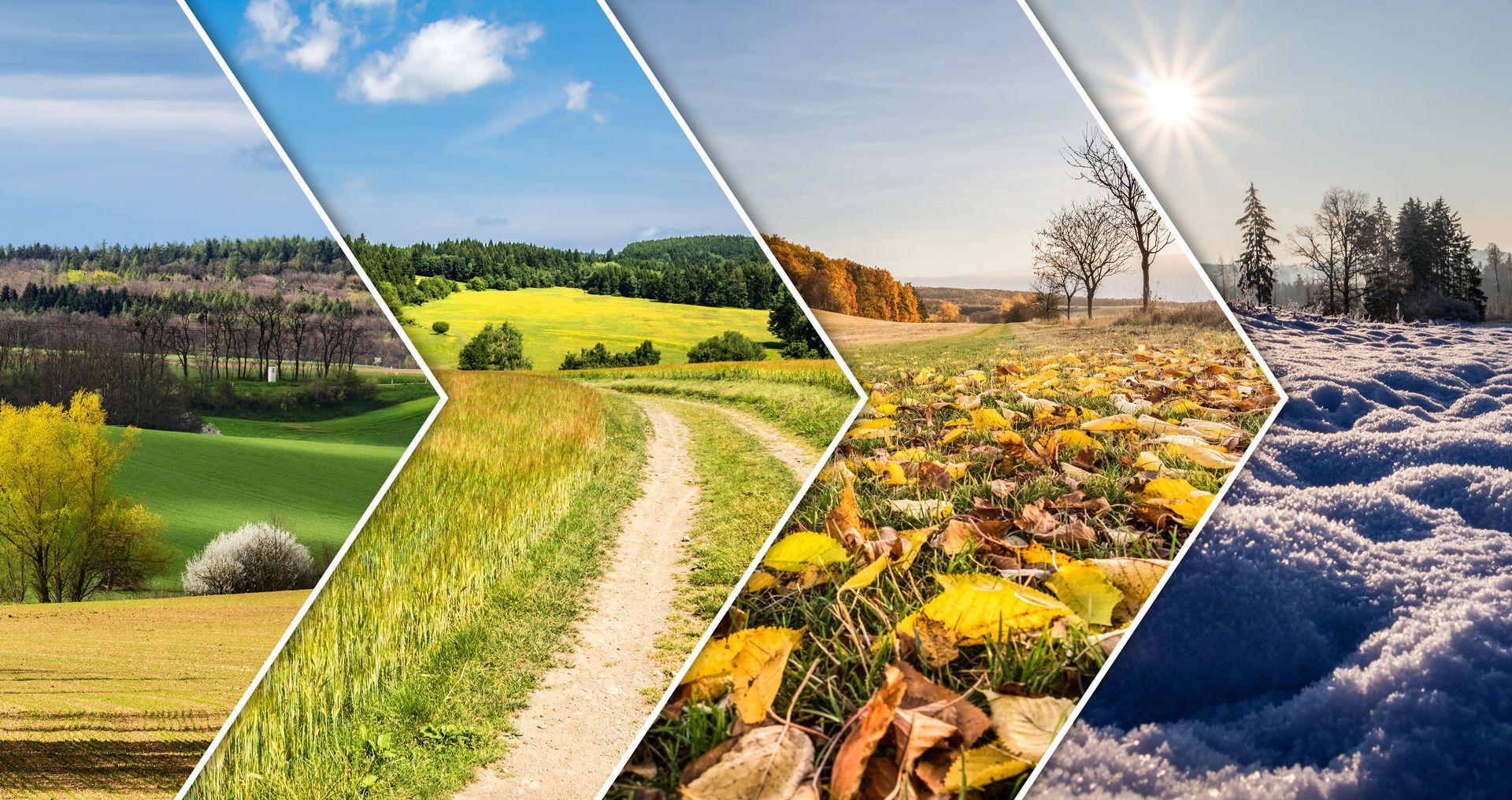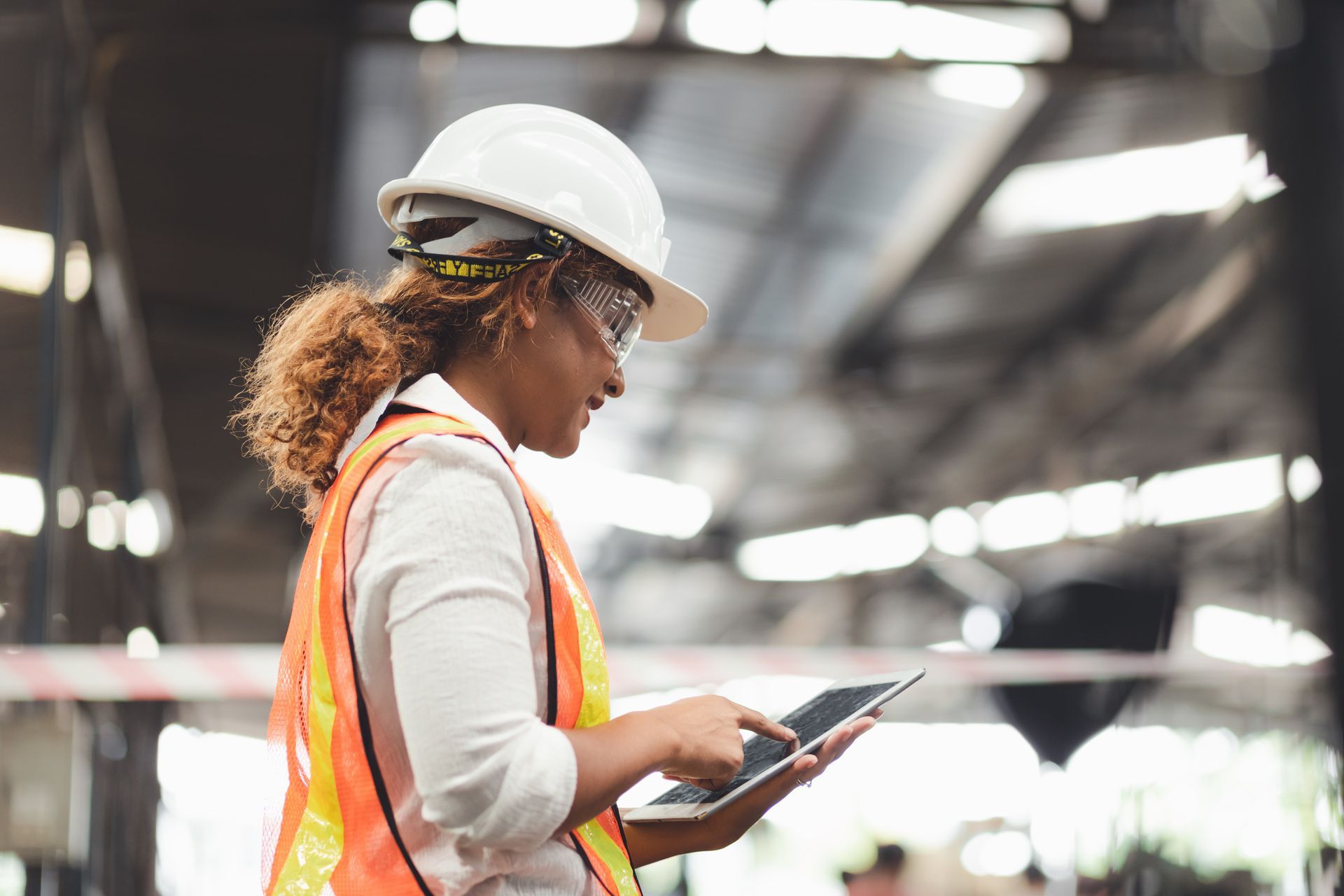The Impact of Poor Air Quality on Your Employees
Share

Indoor air quality plays a critical role in workplace health, yet it’s often overlooked until problems arise. Poor air quality doesn’t just affect comfort—it can lead to serious health issues, reduced productivity and increased absenteeism. If your building has persistent air quality problems, it could be costing your business more than you realize.
Health Issues Caused by Poor Air Quality
When employees breathe in polluted indoor air, they may experience both short-term and long-term health effects. Symptoms such as headaches, dizziness, fatigue and irritation of the eyes, nose or throat are common in environments with poor ventilation or airborne contaminants.
Long-term exposure to polluted indoor air can contribute to more severe conditions like respiratory diseases, cardiovascular problems and worsened allergies.
One of the biggest culprits of poor air quality in office settings is volatile organic compounds (VOCs), which are emitted from cleaning products, office furniture and even printers. Mold, dust and poor ventilation can also exacerbate respiratory issues, particularly if HVAC systems aren’t adequately filtering the air being circulated inside a facility.
Employees with pre-existing conditions like asthma are particularly vulnerable. Even minor air quality problems can significantly impact their ability to work comfortably and be productive.
Decreased Productivity and Cognitive Function
Studies show that poor air quality directly impacts an employee’s ability to concentrate and perform tasks efficiently. When air contains high levels of carbon dioxide (CO₂) or other pollutants, cognitive function declines, leading to slower response times, reduced problem-solving skills and increased errors.
A Harvard study found that employees in well-ventilated workplaces with lower CO₂ levels perform better on cognitive tests than those in buildings with poor ventilation. If your employees seem more sluggish or unfocused than usual, air quality could be a hidden factor affecting their productivity.
Higher Absenteeism and Sick Building Syndrome
If employees are frequently calling in sick, poor air quality could be playing a role. Exposure to pollutants and allergens increases the likelihood of developing respiratory infections and worsening chronic conditions like asthma or sinus issues.
Sick Building Syndrome (SBS) isn’t just an HVAC buzzword—it’s an actual phenomenon. Employees who experience persistent symptoms—such as headaches, dry cough, skin irritation or difficulty concentrating—while in the office but feel better when they leave may be suffering from SBS.
This often occurs in buildings with poor ventilation, excessive dust or mold growth. Over time, high absenteeism rates due to these conditions can disrupt business operations and increase healthcare costs for employers.
How to Identify Air Quality Problems
Not all air quality issues are immediately obvious. Facility managers and business owners can look for key warning signs that indicate a problem:
- Employee Complaints – If multiple employees report similar symptoms (fatigue, headaches, respiratory issues), air quality could be a common denominator.
- Stale or Stuffy Air – A lack of fresh airflow suggests poor ventilation, which can cause CO₂ levels to rise.
- Visible Mold or Water Damage – Damp areas and musty odors are clear indicators of mold growth, which can release harmful spores into the air.
- Frequent HVAC Issues – If your HVAC system struggles to regulate temperature or airflow, it may not be filtering air effectively.
The Business Costs of Ignoring Air Quality
Beyond health concerns, poor indoor air quality can have a direct financial impact. Businesses with ongoing air quality problems often experience higher turnover rates, as employees are less likely to stay in an environment that negatively affects their well-being. Additionally, companies may face legal liability if hazardous indoor air is found to be causing chronic illnesses among staff.
Energy efficiency is another factor. An overworked HVAC system that struggles to filter and circulate air will consume more energy, leading to higher utility bills. Addressing air quality concerns not only benefits employees but also reduces long-term operational costs.
Improving Workplace Air Quality
The good news is that improving indoor air quality doesn’t always require expensive overhauls. Here are some steps businesses can take:
- Upgrade HVAC Filters – High-efficiency filters (such as HEPA or MERV-13) can capture finer particles and pollutants, improving air circulation.
- Increase Ventilation – Opening windows when possible or using air purifiers can help introduce fresh air and reduce pollutant buildup.
- Control Humidity Levels – Keeping indoor humidity between 30 percent and 50 percent prevents mold growth and dust mite infestations.
- Use Low-VOC Materials – Opt for office furniture, paint and cleaning products that emit fewer chemicals into the air.
- Schedule Regular HVAC Maintenance – Ensuring ducts are clean and filters are replaced regularly prevents the buildup of airborne contaminants.
Improve Your Arlington Facility’s Indoor Air Quality
Arlington businesses that invest in better air quality not only create a healthier work environment but also see long-term benefits in employee performance, retention and operational efficiency. Call Tom’s Commercial at 817-857-7400 and take proactive steps today to prevent bigger problems down the line.










